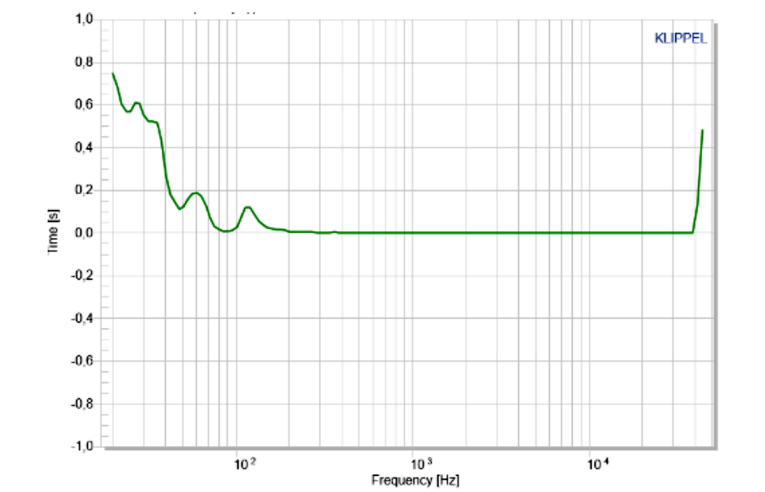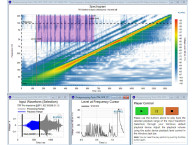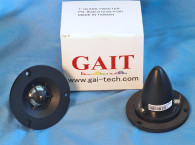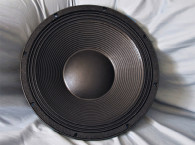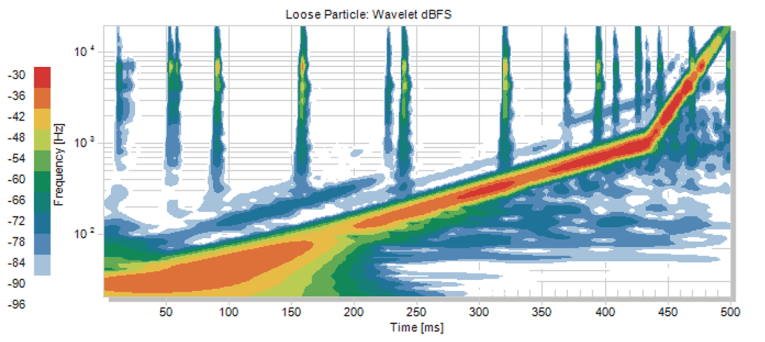
The TFA is a processing module that visualizes the characteristics of an audio signal over time and frequency. Processing is based on three different methods (Wavelet Transform, Short Time Fourier Transform, Filter bank) and can be applied to any kind of time signal (e.g., from a measurement operation or an external .wav file).
In principle, TFA is a calculation technique that provides a detailed view on the behavior of an audio signal. The method simultaneously analyzes energy density in both frequency and time. Similar to a series of notes on a musical staff, it visualizes which frequency comes at which time. Based on the three different methods, the Wavelet Transform (WT), the Short Time Fourier Transform (STFT), or a Bark-scaled Filter Bank Transform (FBA), the module decomposes the input signal and visualizes the signal characteristics over frequency and time.
Output from this analysis can be seen in Figures 1-3, which are a spectrogram plot, a waterfall plot (filled and outline), and a group delay plot respectively. One of the most obvious applications is in transducer development. These various displays can be used to fine tune cone design, choose softer or harder adhesives, or finalize cone edge damping with surrounds. However, other useful applications include rub and buzz detection seen in Figure 4, and measuring room response depicted in Figure 5.
For more information, visit the Klippel GmbH website at www.klippel.de.

